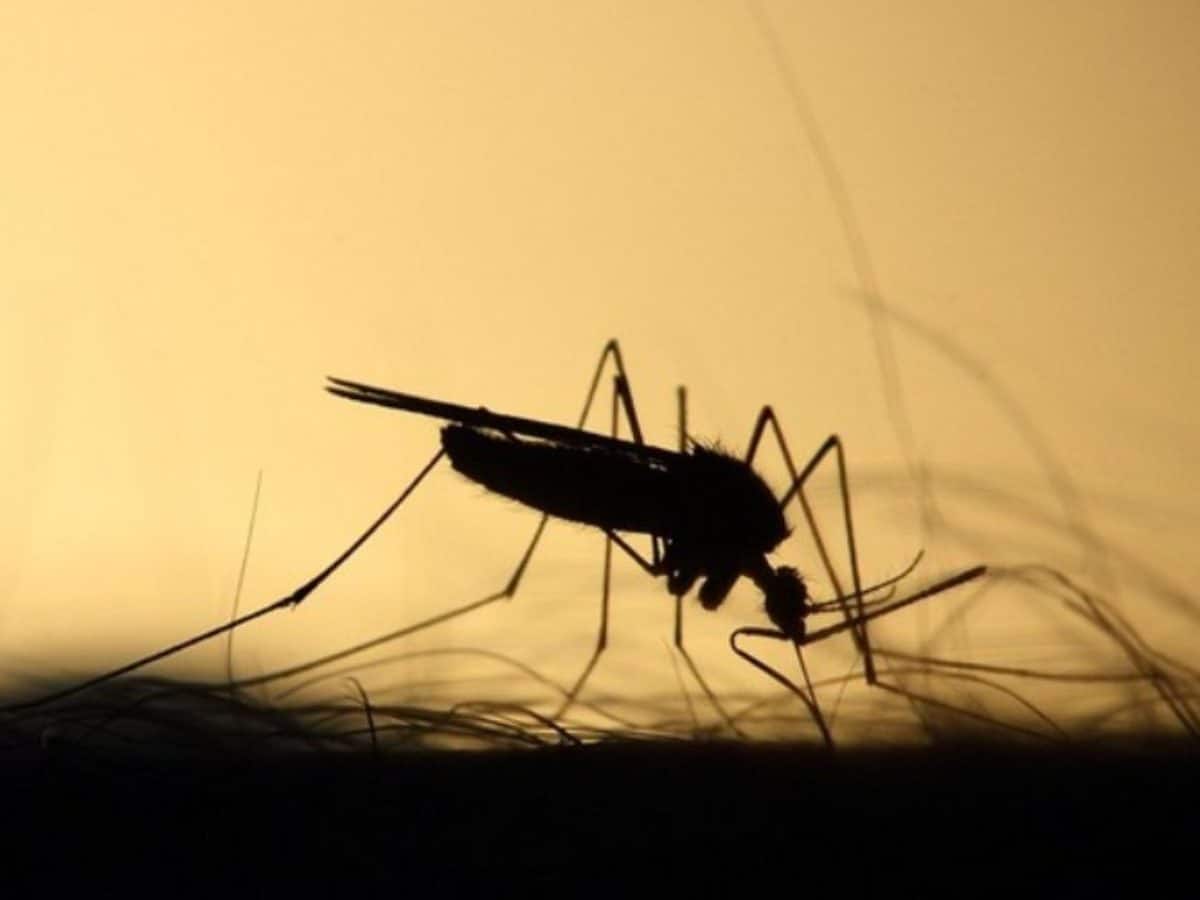Hyderabad: Due to the arrival of monsoon, the state is likely to witness a surge in dengue cases compared to last year. The Telangana Health Department is bracing itself for an additional load during the monsoon. Diseases like dengue and malaria are the most common seasonal fevers that will also increase.
With Gandhi Hospital handling the COVID-19 cases at present, the Fever and Osmania hospitals might witness more crowds with the seasonal fevers.
In the previous year, over 4,500 cases of dengue and more than three lakh cases of viral fever have been reported across Telangana.
In Hyderabad’s Sir Ronald Ross Institute of Tropical and Communicable Diseases (also known as Fever hospital and Koranti), close to 1,000 cases of viral fever were reported in August-September, 2019.
Dr. C. Gopinath Reddy, a Consultant Internal Medicine of KIMS Hospitals elaborates on dengue fever, its symptoms, treatment and prevention.
Most common and important arthropod borne viral febrile illness in humans caused by one of four dengue viruses. It is transmitted by mosquitoes of the genus Aedes (aedes aegypti, aedes albopictus), which are widely present in sub-tropical and tropical areas of the world. In January, 180 new cases were detected across the state.
The incidence of dengue has increased dramatically in recent decades, with estimates of 40 to 50 per cent of the world population at risk for the disease in tropical, subtropical and more recently more temperate areas.
Clinical features:
- Fever
- Headache
- Retrobulbar pain (behind the eyes)
- Severe myalgia
- Arthralgia
- Nausea and vomiting
- Rash (maculo papular)
- Weakness, malaise and lethargy
- Sore throat
Hemorrhagic manifestations (petechiae, bleeding gums, epistaxis, menorrhagia, hematuria, rarely intracranial bleeding in severe dengue).
Dengue becomes symptomatic after a four to ten-day incubation period and its symptoms usually last two to seven days.
WHO classification of symptomatic dengue infection
- Dengue without warning signs
- Dengue with warning signs
- Severe dengue (previously dengue hemorrhagic fever and dengue shock syndrome)
There are three phases of infection:
- Febrile phase
- Critical phase
- Recovery or convalescence phase
Severe dengue only appears in the critical phase where hemorrhagic manifestation and shock develops.
Diagnosis
This is done by direct and indirect methods, directly by detection of viral components, indirectly by serology. The detection of a viral nucleic acid or viral antigen has high specificity but is more costly and labour intensive.
Serology has a lower specificity but is more accessible and less costly. The first week of illness the diagnosis by detection of viral nucleic acid by means of RT-PCR or detection of the viral antigen non-structural protein 1 (NS1).
Prevention and Treatment
- Mosquito control (reducing breeding areas, larva control, use of insecticide)
- Personal protective measures
- Vaccination
Dengue fever is typically a self-limited disease with a mortality rate of less than one per cent when detected early and with access to proper medical care.
There is no direct anti-viral therapy available against dengue. The hospitals’ management is supportive and consists of maintaining adequate intravascular volume, antipyretic and bed rest.
Now in this coronavirus pandemic, it is very important to differentiate both illnesses, as both presentations are overlapping.
The early presentation of respiratory symptoms, especially shortness of breath, are more common in corona. The dengue with COVID-19 confection also reports high suspicion and early evaluation will reduce mortality and morbidity.
mohammedhussain.reporter@gmail.com

